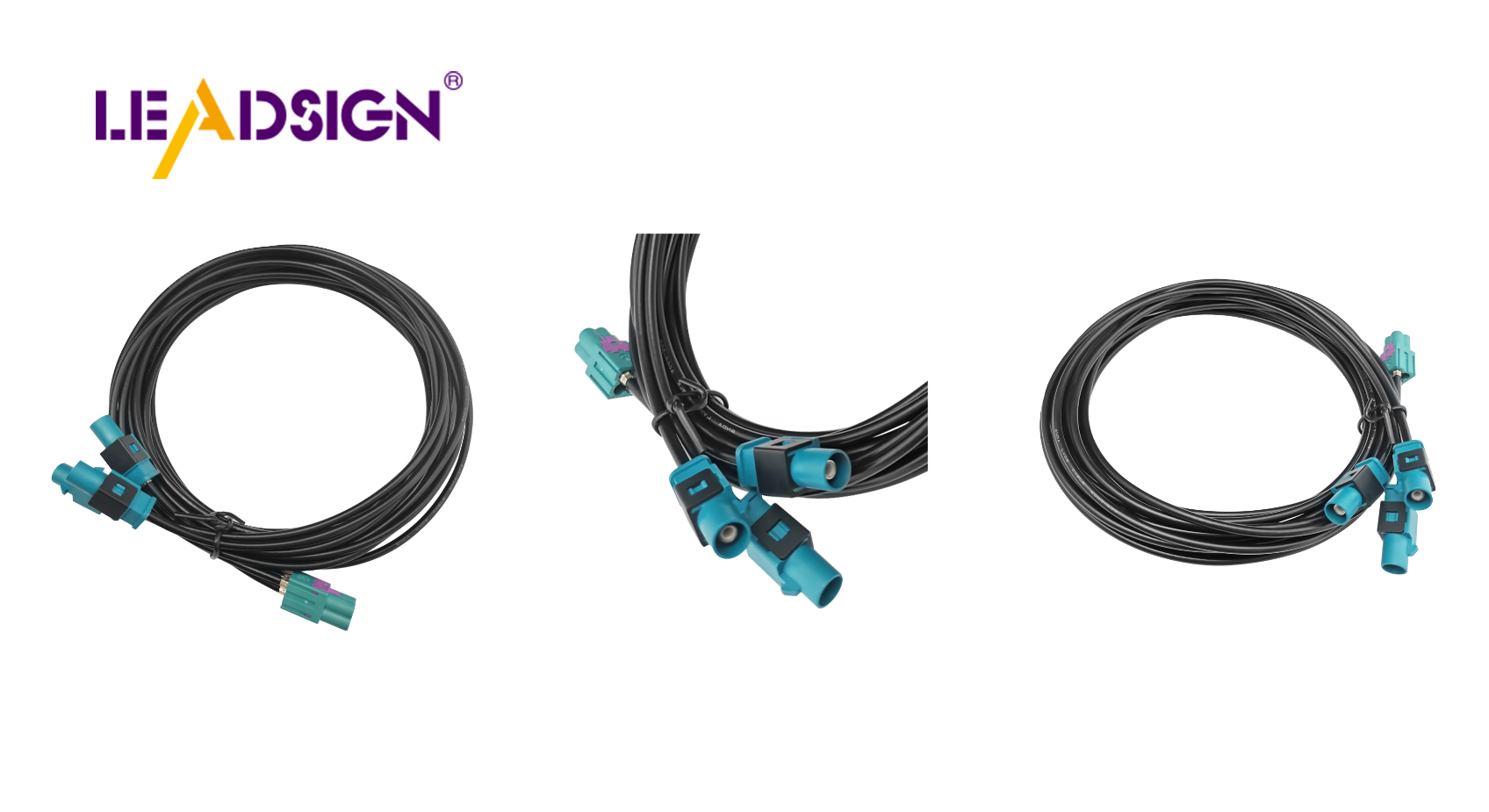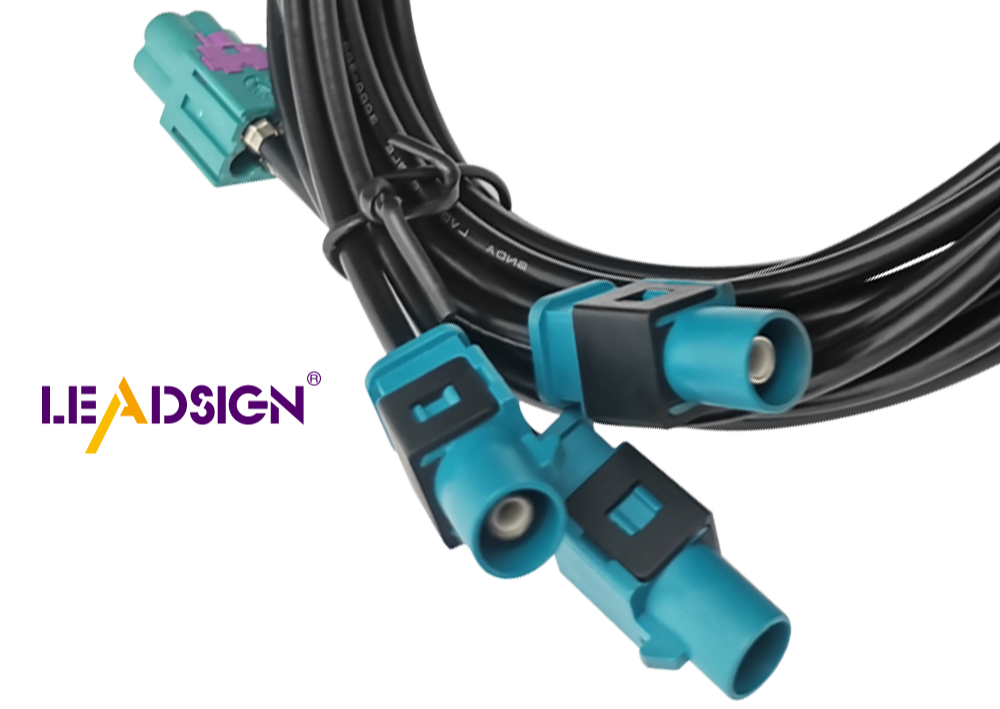Understanding Automotive Wiring Connector Types

Automotive wiring connector types are crucial for vehicles. They ensure that electrical connections function properly, which is essential for the car's performance and safety. Utilizing the appropriate connectors enhances the longevity of repairs and maintains the safety of connections within the vehicle's electrical systems. High-quality connectors, such as OEM ones, enhance safety and seamlessly integrate with older components. This ensures that new parts operate efficiently within the existing systems. This reliability is vital for ensuring the safe and proper functioning of vehicles.
Definition and Purpose
What are Wiring Connectors?
Wiring connectors are important parts in cars. They connect electrical circuits so power and signals move easily between car parts. These connectors come in different shapes to fit specific needs in cars. By keeping connections steady, they help car systems work well and stay reliable.
Importance in Automotive Systems
Car wiring connectors keep vehicles working safely and well. They make sure electrical connections stay tight, which is key for things like engine control, music systems, and lights. Without good connectors, these systems might break, causing safety issues or poor car performance. Good quality connectors last longer and make car systems work better.
Basic Components of Connectors
Terminals
Terminals are the main part of a wiring connector. They connect wires so electricity can flow through them. In car wiring, terminals must handle changes in temperature and shaking. This strength keeps connections from breaking over time.
Housings
Housings cover the terminals to protect them. They keep terminals lined up and safe from dust, water, and pressure. In cars, housings need to be strong to handle tough conditions on the road. They also make it easy to put together or take apart for repairs.
Seals
Seals stop dirt from getting into the connector parts. They keep the connection clean and dry for good electric flow. In car wiring, seals need to resist oil, water, and other stuff found around cars. By keeping everything secure, seals help connectors last longer.
Types of Automotive Wiring Connector Types

Knowing different automotive wiring connector types is important. They help keep electrical connections in cars working well. Each type has a special job and its own features.
Blade Connectors
Features and Applications
Blade connectors are used in cars a lot. They have a flat metal piece that fits into a slot. These are great for things like headlights and starters. They connect quickly, which is why many people use them.
Advantages and Disadvantages
Advantages:
Easy to plug in and take out, making fixes fast.
Good for strong connections in high-power places.
Disadvantages:
Can get loose if not tight enough.
Only work for certain uses because of their shape.
Pin Connectors
Features and Applications
Pin connectors have a pin that goes into a hole to connect. They can be used in many car parts, like lights and engines. Their design keeps them connected well, so they don’t fall apart easily.
Advantages and Disadvantages
Advantages:
Stay connected well, so they don't come apart.
Can be used for lots of car jobs.
Disadvantages:
Harder to plug in or take out than blade ones.
Need to be lined up just right to work.
Butt Connectors
Features and Applications
Butt connectors join wires together forever. They have a tube with metal inside that holds wires tight. These are often used when wires need to stay joined for good.
Advantages and Disadvantages
Advantages:
Keep wires joined safely for a long time.
Simple look makes them easy to use anywhere.
Disadvantages:
Hard to take apart once joined, not flexible.
Not good if you need to unplug often.
Knowing these automotive wiring connector types helps pick the right one. This keeps car electric systems safe and working well.
Ring and Spade Connectors
Features and Uses
Ring and spade connectors are important in car wiring. They make sure electrical parts stay connected well. Ring connectors have a round end that fits over screws or bolts. This makes them hold tight, which is great for grounding and battery links.
Spade connectors look like forks. They slide under screws or bolt heads easily. This makes them perfect for quick disconnects, like in fuse boxes. Both types come in different sizes and materials to fit car needs.
Pros and Cons
Pros:
Strong Connections: Ring connectors hold tight even with shaking, good for tough spots.
Easy Use: Spade connectors let you unplug fast, helping with fixes.
Many Uses: Different sizes mean they work in many car wiring jobs.
Cons:
Hard to Remove: Ring connectors need tools to take off, slowing repairs.
Rust Risk: Without seals, both can rust, making them work less well.
Knowing about ring and spade connectors helps pick the right ones. This keeps car electric systems safe and working fine, boosting how cars run overall.
Things to Think About When Picking Connectors
Choosing the right car wiring connectors needs understanding some important things. These help make sure the connectors fit what the car's electric systems need.
Electrical Needs
Power and Voltage Levels
When picking connectors, think about power and voltage levels. Connectors must handle electricity without getting too hot or breaking. For example, high-power parts like starters need strong connectors. Always check details to match connectors with the system's needs.
Weather Conditions
Weather affects which connector you should choose. Connectors must handle changes like temperature, wetness, and chemicals. For example, engine area connectors need to resist heat and oil. Sealed ones keep out dust and water for good work in tough places.
Physical Needs
Strength and Material
Strength is key for connectors facing shakes and stress. The material decides how strong they are over time. Ring terminals give great protection from heat and rust, so they're good for hard spots. Pick strong materials like brass or copper for better strength.
Easy Setup
Easy setup is also important. Connectors should be quick to connect safely. Spade terminals are easy to use because they set screws fast. This helps when you need to unplug often. Choose connectors that make setup simple, saving time during fixes or care.
By thinking about these things, you can pick the best connectors for cars. This keeps car electric systems safe and working well, helping cars run better overall.
Choosing the right automotive wiring connector type is very important. It helps keep cars working well and safely. Good connectors, like OEM ones, last long and fit with old parts. They stop problems like rust or breaking, which can be dangerous.
Key Insight: Car electrical connectors are crucial in new cars. They help wires work well and let computers control things.
When picking connectors, think about how much power they need to handle. Also, check how many circuits there are and the size of the wires. These things make sure the connectors fit what the car needs. This makes the car work better and stay safe.
See Also
Exploring HSD Connectors in the Auto Sector
Significance of Fakra Connectors in Contemporary Cars
Navigating Ford Fakra Connectors

